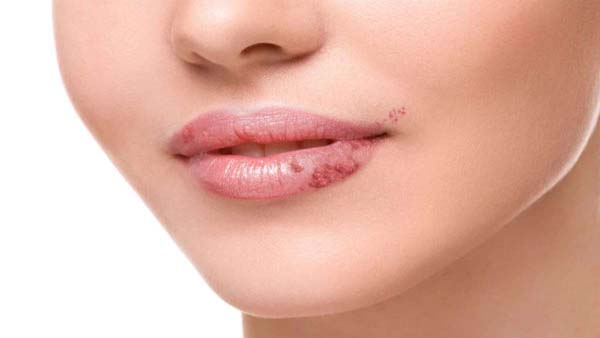Fordyce Spots

What are fordyce spots?
Fordyce spots are small, raised, yellow-white or skin-colored bumps that can appear on the shaft of the penis, the labia, or the border of the lips. They are benign and are caused by the presence of sebaceous glands in the skin.
What is the treatment of fordyce spots?
Treatment for Fordyce spots is typically not necessary as they are benign and do not cause any symptoms. However, if the spots are causing distress or are a cosmetic concern, some treatment options include:
- Topical creams or gels containing retinoids or other exfoliating agents can help to reduce the appearance of the spots.
- Cryotherapy, which involves freezing the spots with liquid nitrogen.
- Electrocautery, which uses heat to destroy the spots.
- Laser therapy, which uses focused light to destroy the spots.
It’s important to note that these treatments may cause some side effects such as redness, swelling, and pain, and may not be 100% effective. It’s also important to consult a dermatologist before trying any of these treatments to ensure they are safe and appropriate for your particular case.
Why do fordyce spots occur?
Fordyce spots are caused by the presence of sebaceous glands in the skin. Sebaceous glands are small glands that produce an oily substance called sebum, which helps to keep the skin moisturized. In some individuals, these glands can become enlarged and can appear as small, raised spots on the skin. Fordyce spots are benign and are not harmful, but they may be a cosmetic concern for some people.
They can occur anywhere on the skin, but they are most commonly found on the genitals, the lips, and the inside of the cheeks. They are more common in men than in women. Fordyce spots are not contagious, and they are not caused by any underlying medical condition or infection. They are generally considered to be a normal variation of skin.
Do fordyce spots decrease with time?
Fordyce spots are benign and they do not require treatment, they tend to be persistent over time. However, in some cases, they may reduce in size or become less noticeable with age. Factors such as hormonal changes, genetics, and diet may play a role in the development and visibility of Fordyce spots.
It’s also worth noting that Fordyce spots may be more noticeable in some people due to factors such as skin type and the location of the spots. But in general, these spots do not decrease with time unless they are treated.


